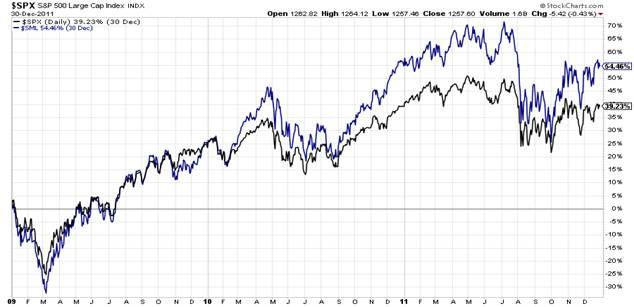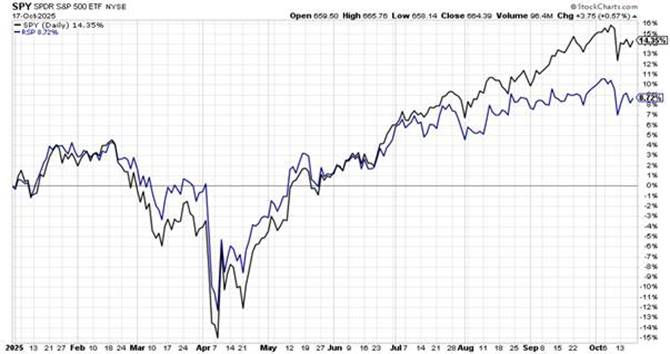Speculation at New Highs – Margin Debt
- cornerstoneams
- Nov 13, 2017
- 3 min read
CAMS Weekly View from the Corner – Week ending 11/10/2017
November 13, 2017
A well recognized fact is the stock market has been at record highs. In addition, the speculative gauge of margin debt as a percent of the total value of the stock market has also been posting record highs to the point of eclipsing both its 2000 and 2008 peak.
Margin debt is taken on by investors to add leverage or “juice” to their investment returns. An investor can place less money down to purchase a desired amount of shares as their margin (think equity) and fulfill the remaining purchase requirement by borrowing within their brokerage account.
Historically margin debt levels move higher as more enthusiasm builds for an up trending market. Investors turn more speculative and hence want to increase returns on their capital by funding part of their investment purchases with debt. If the underlying investment moves higher the rate of return is higher than it otherwise would be in light of the additional financial leverage. The other side of this is if said investment purchase moves lower then losses grow larger too – i.e. a two-way street.

In the lower pane of the above multi-decade chart we see margin debt as a percent of the total value of the New York Stock Exchange (NYSE) is at new highs. This surpasses the prior peak in year 2000.
As the stock market has moved higher speculation has grown in sync. Importantly, new highs as depicted do notsuggest imminent danger for the stock market. It does offer speculation has increased. In addition, increased speculation via margin debt can accentuate downturns as speculators see losses build quicker via the debt induced financial leverage they are “playing” with.
Chiming in with this increased margin debt speculation is the most recent Investor Intelligence Advisor Sentiment reading. This measure is now the highest we have seen dating all the way back to early 1987 – the year of the infamous Black Monday whereby stocks crashed north of 20% in one day. Simply speaking, this Sentiment reading tells us we really love our current stock market.
None of the above suggests we will incur such a dramatic event current day but what it does offer is collectively we are very enthusiastic – think expect much higher prices with near certainty – about our stock market trend. The concern historically is when everyone is convinced the market is a one-way street it finds a way to remind us all it actually is a two-way street.
In light of this fact we remain diligent with our focus on market and economic behavior.
By-the-way, if you are interested in going deeper into our current market environment we will be hosting a free webinar this Wednesday, November 15th with a 2:00 p.m. start time.
I wish you well…
Ken Reinhart
Director, Market Research & Portfolio Analysis
Portfolio Manager, CAMS Spectrum Portfolio
Footnote:
H&UP’s is a quick summation of a rating system for SPX9 (abbreviation encompassing 9 Sectors of the S&P 500 with 107 sub-groups within those 9 sectors) that quickly references the percentage that is deemed healthy and higher (H&UP). This comes from the proprietary “V-NN” ranking system that is composed of 4 ratings which are “V-H-N-or NN”. A “V” or an “H” is a positive or constructive rank for said sector or sub-group within the sectors.
This commentary is presented only to provide perspectives on investment strategies and opportunities. The material contains opinions of the author, which are subject to markets change without notice. Statements concerning financial market trends are based on current market conditions which fluctuate. References to specific securities and issuers are for descriptive purposes only and are not intended to be, and should not be interpreted as, recommendations to purchase or sell such securities. There is no guarantee that any investment strategy will work under all market conditions. Each investor should evaluate their ability to invest for the long-term, especially during periods of downturn in the market. PERFORMANCE IS NOT GUARANTEED AND LOSSES CAN OCCUR WITH ANY INVESTMENT STRATEGY.




Comments